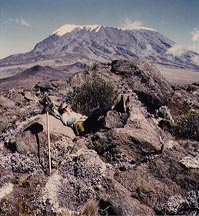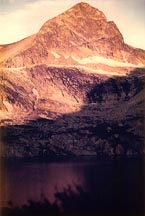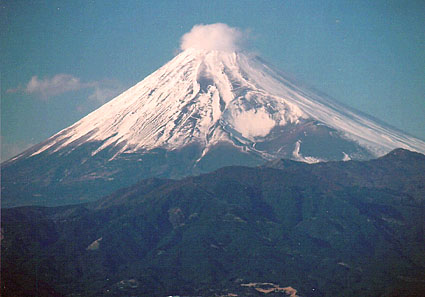 ©
Highpointers Club ©
Highpointers Clubto lookout tower summits to floating and flow |
and Highpointing |
 ©
NYS County Summit Club ©
NYS County Summit Club |
|
"If I am asked 'what is the use of climbing this highest mountain?' I reply: No use at all -- no more than kicking a football about, or dancing, or playing the piano, or writing a poem, or painting a picture." -Mountaineer Francis Younghusband, 1913 "...to those who have struggled with them, the mountains reveal beauties that they will not disclose to those who make no effort. ... And it is because they have so much to give and give it so lavishly to those who will wrestle with them that men love the mountains and go back to them again and again ... mountains reserve their choicest gifts for those who stand upon their summits." -Sir Francis Younghusband 1 |




 ©
SAMiller 1969
©
SAMiller 1969
 ©
SAMiller 1970
©
SAMiller 1970




